It’s been a little odd to watch the whole card processing cost saga increasingly dominate the news pages in Forecourt Trader over the past few months. At EKW (and particularly through this column), we have been pointing out the effect of retail percentage merchant fees on rising fuel prices for many years, and were warning about the current situation a long time ago in fact from a time when pump prices were less than half of the prices typical at the moment!
For a very long time it seemed that nobody was interested in thinking about the problem, but it really wasn’t difficult to see the issue. On one side of the equation there are costs based on a percentage of the retail price. On the other, there’s a product where the gross margin is effectively ’fixed’ in pence per litre.
As the retail price rises, the two lines eventually intersect and the ’gross margin’ vanishes to zero. Increase the pump price further beyond this point and you’ll be selling each litre for less than the cost of the card handling alone.
Given a merchant fee of 1.5% and an assumed margin of 3ppl, the pump price would have to reach 199.9 before that happened. But if the card happens to be one of those that cost 2% then our assumed margin of 3p disappears rather sooner when the pump price hits 149.9ppl.
early warnings
Perhaps one reason why our early warnings went unnoticed was because, as recently as five years ago, the idea of pump prices at 149.9 or even 141.9 seemed fanciful. Or maybe it was because the merchant fee rates had actually been falling for many retailers.
Back in the late 1980s when electronic funds transfer became common and throughout the ’90s, retailers were used to seeing card merchant fees ranging from 2.25% to 3%. It took some considerable pressure on the card processors from the major oil companies during the ’90s to bring the percentage rates down from those levels. At around the same time, several of the oil majors began to absorb the card charges for their networks, which somewhat insulated retailers (including dealers) from the direct cost of card handling.
Reality is rather different today. In case you haven’t stopped at a motorway service area recently, diesel prices in excess of 150ppl are quite common. Who is to say that we won’t see similar prices in the suburbs by the end of the year?
We’re also hearing that even those (few) oil companies that have still been absorbing merchant fees for their dealers up till now are going to cap the support and leave the dealer to pay the rest of the cost. Experience suggests that this is simply an interim stage before any kind of support is removed from future supply contracts so take a careful look at the terms if your present deal is up for renewal in the next few months.
plastic payments
The petrol retail industry can’t survive without plastic payments, and even if there was some concerted effort (or some hitherto-untried gimmick) to persuade customers to use real cash instead of cards, that might not be quite the panacea that some retailers imagine.
Quite apart from the overhead costs associated with any increase in cash on site (slower transactions, security and insurance issues etc) there’s the question of bank charges particularly cash handling charges.
Looking at what some banks are prepared to publish as account fees for business customers the cash handling fees range between 45p and 165p per £100 deposited in your bank account.
How does that translate against your pence per litre margin?
gross margins
Take a single transaction. The diesel price is 141.9ppl, so a customer buys just below 71 litres of the stuff and that’ll be £100 cash in one go. If you’re still making 3ppl, that sale produces a gross margin of 213p.
Assume that the bank charges you 65p per £100 deposited, then there’s your direct cost, which works out as 92ppl. Cheaper than plastic yes, but not insignificant.
And, if the pump price rises to 161.9ppl then the effective banking cost rises to 1.05ppl out of your same 3p margin. Like plastic, just slower in every sense.
So whichever way we turn, we come up against this issue: cash or plastic handling costs vary with the retail price but gross margins on petrol and diesel don’t.
Or to get to the crux of the matter: why is fuel retailing still expressing margin in terms of ’pence per litre’ when its costs don’t function on that basis?
fixed margins
It’s hard to think of any other retail sector where this applies milk producers still talk about margin in terms of ’pence per pint’, but that’s another story. Certainly one industry in which we are also involved (and which in many ways resembles fuel retailing) is the pub/hospitality industry, and they don’t work in terms of a fixed margin per unit.
A pub operator works on real gross profit percentage terms. They would expect to make somewhere around 55% gross profit per pint regardless of the retail price. On that basis, if the retail price of your pint is £2.50 their gross margin equates to £1.15.
And if the retail price is £4 a pint, their gross margin equates to £1.83. Yes, they face similar (or higher) card charges and bank charges but, as the retail price of their product rises inexorably, so does their gross margin to cover those increased costs.
Waiting for the EU or any other regulator to do something about the effect of card charges is like watching paint dry or grass grow.
The fuel retail industry should, at least for once, take a look at the licensed trade and consider abandoning the anachronistic ’pence per litre’ idea and replace it with margins that are actually related to product prices and retailing costs.





















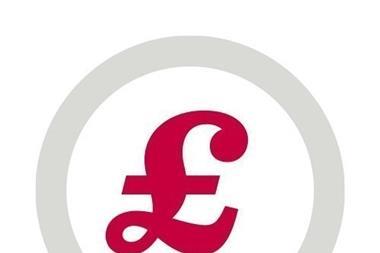
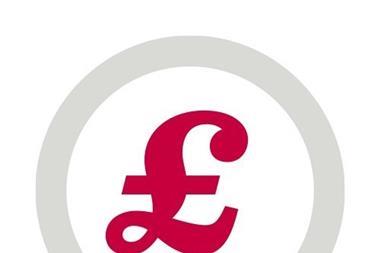
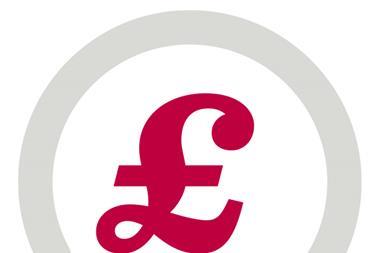
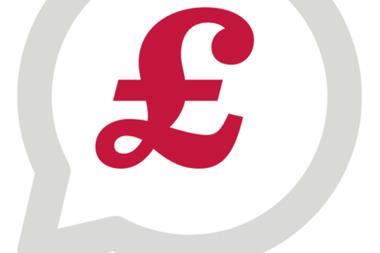
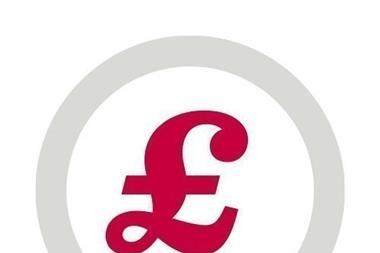

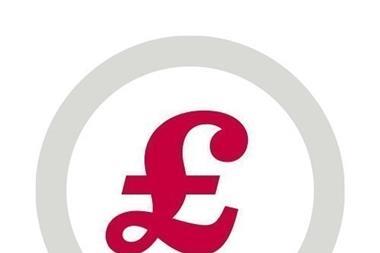
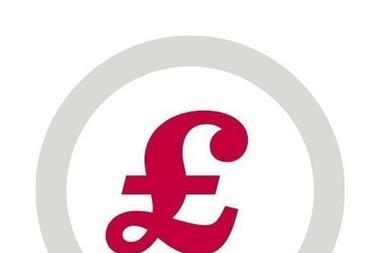
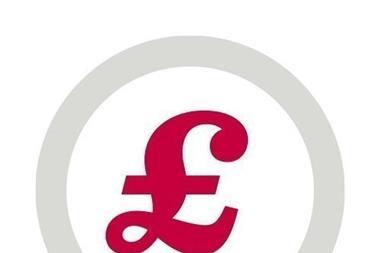
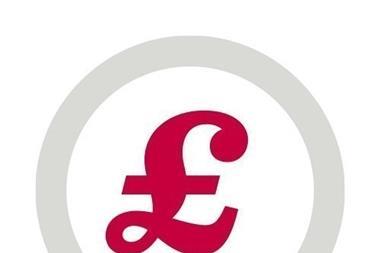
No comments yet